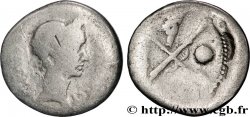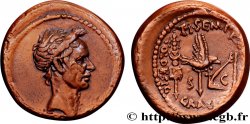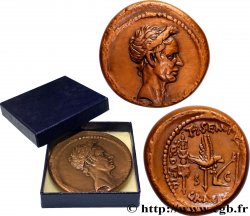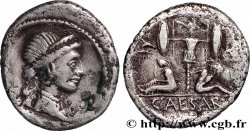brm_719072 - JULIUS CAESAR Denier
Not available.
Item sold on our e-shop (2022)
Price : 3 300.00 €
Item sold on our e-shop (2022)
Price : 3 300.00 €
Type : Denier
Date: 49 AC.
Mint name / Town : Gaule ou Italie
Metal : silver
Millesimal fineness : 950 ‰
Diameter : 18 mm
Orientation dies : 12 h.
Weight : 3,98 g.
Rarity : R1
Coments on the condition:
Superbe exemplaire sur un flan ovale, centré des deux côtés. Éléphant finement détaillé. Joli revers. Patine grise avec reflets dorés
Catalogue references :
Obverse
Obverse legend : CAESAR À L'EXERGUE.
Obverse description : Éléphant passant à droite ; à ses pieds, un serpent (ou carnyx, trompette gauloise).
Obverse translation : “Cæsar”, (César).
Reverse
Reverse legend : ANÉPIGRAPHE.
Reverse description : Instruments pontificaux : simpulum, aspersoir, hache à sacrifice, chapeau à sacrifice.
Commentary
Pour ce type, M. Crawford a relevé une estimation de 750 coins de droit et de 833 coins de revers, représentant une production qui pourrait avoisiner les deux à quatre millions de deniers. Pendant très longtemps, on pensa que ce denier avait été frappé par César pendant la Guerre des Gaules entre 58 et 52 avant J.-C., en Gaule même. En fait, il fut fabriqué au début des Guerres Civiles. Il a été imité servilement par les Trévires avec le bronze HIRTIVS (LT. 9235), fortement romanisé.
For this type, Mr. Crawford noted an estimate of 750 obverse dies and 833 reverse coins, representing a production which could be around two to four million denarii. For a very long time, it was thought that this denarius had been struck by Caesar during the Gallic Wars between 58 and 52 BC, in Gaul itself. In fact, it was made at the start of the Civil Wars. It was slavishly imitated by the Trévires with the bronze HIRTIVS (LT. 9235), strongly romanized
For this type, Mr. Crawford noted an estimate of 750 obverse dies and 833 reverse coins, representing a production which could be around two to four million denarii. For a very long time, it was thought that this denarius had been struck by Caesar during the Gallic Wars between 58 and 52 BC, in Gaul itself. In fact, it was made at the start of the Civil Wars. It was slavishly imitated by the Trévires with the bronze HIRTIVS (LT. 9235), strongly romanized







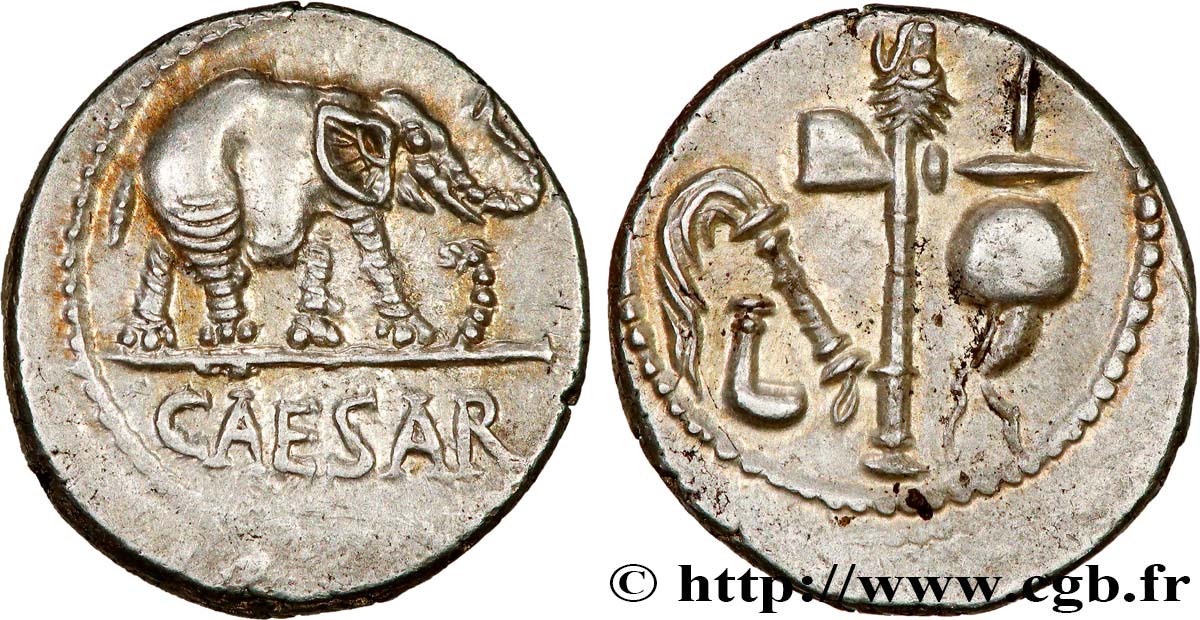
 Report a mistake
Report a mistake Print the page
Print the page Share my selection
Share my selection Ask a question
Ask a question Consign / sell
Consign / sell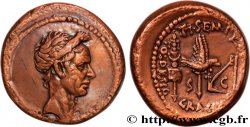
 Full data
Full data